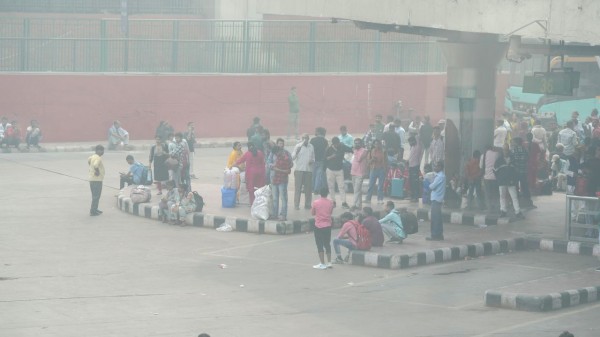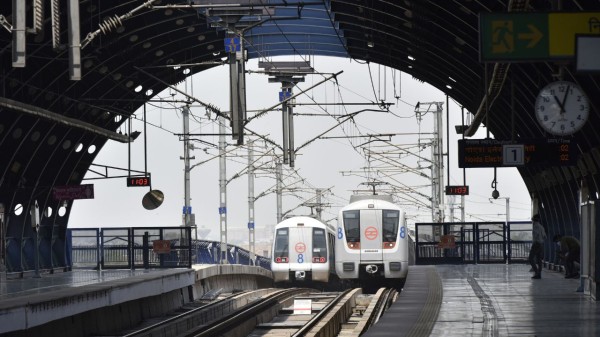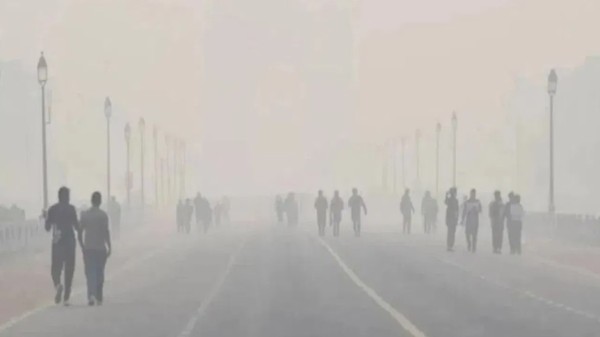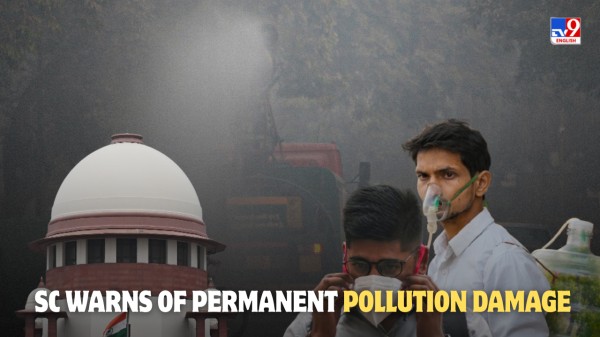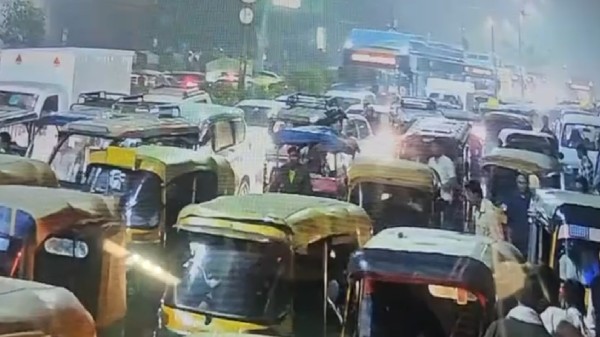

By signing in or creating an account, you agree with Associated Broadcasting Company's Terms & Conditions and Privacy Policy.


By signing in or creating an account, you agree with Associated Broadcasting Company's Terms & Conditions and Privacy Policy.

New Delhi: As Delhi struggles to combat deteriorating air quality, the AQI in major areas was recorded at around 400 on Saturday, which falls under the severe category. A thick smog engulfed the sky, and people were finding it hard to see. According to data from the Central Pollution Control Board, the overall AQI in Delhi at 10 a.m. stood at 389.
On November 14, the national capital recorded an AQI of 387, which falls under the very poor category. Several areas, including Wazirpur, Bawana, Rohini, Anand Vihar, Mundka, and Jahangirpuri, recorded an AQI above 400. Wazirpur reported the highest AQI at 450.
To fight the alarming AQI levels , the Commission for Air Quality Management (CAQM) is considering the installation of dust sensors along key roads in Delhi and the surrounding National Capital Region.
These sensors would monitor road dust, a significant contributor to particulate pollution. Environmental experts have revealed that while these sensors could provide valuable data, effective actions must follow to reduce emissions from all sources.
Considering the deteriorating air quality, the Commission for Air Quality Management (CAQM) has already implemented Stage III of the Graded Response Action Plan (GRAP) across the National Capital Region. To combat the increasing pollution, the Directorate of Education directed all schools in the Delhi-NCR region to shift to a hybrid mode for students up to Class 5.
Additionally, the Supreme Court directed the governments of Punjab and Haryana to file a status report on the measures taken to curb stubble burning, which contributes significantly to the air pollution crisis in the Delhi-NCR region. According to data from the Decision Support System (DSS), stubble burning contributed 8.5 per cent to Delhi's pollution on Friday, while transport emissions accounted for 19.8 per cent, the highest share among all sources.
High pollution levels combined with adverse meteorological conditions have been the chief cause of the city’s declining air quality. Winds have been consistently slow, and low temperatures have further worsened the situation. According to the Central Pollution Control Board (CPCB), an AQI above 400 falls in the severe category, 301–400 in the very poor category, 201–300 in the poor category, 101–200 in the moderate category, and 51–100 in the satisfactory category.
